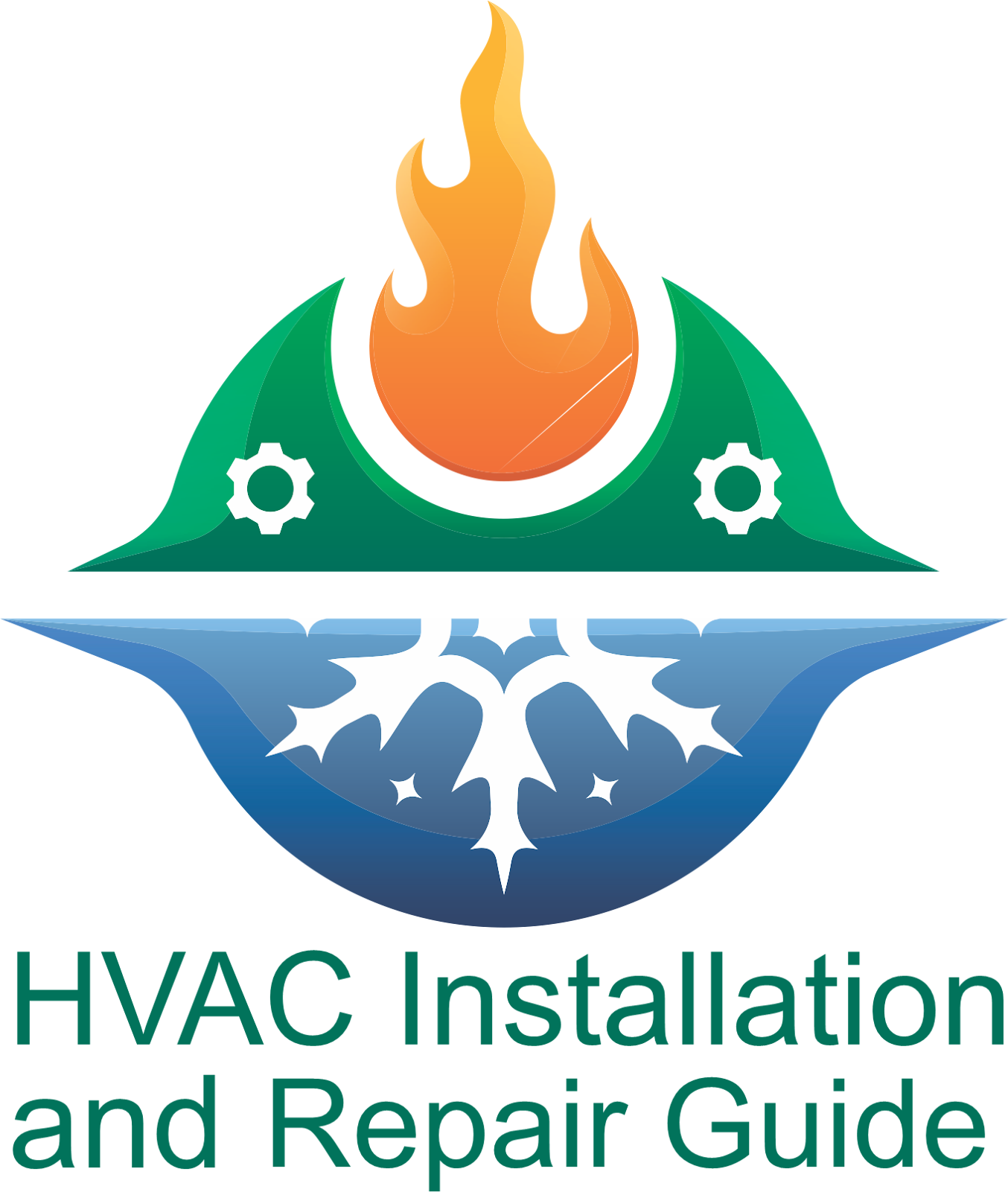Does the Future of Gas Stoves Look Foggy?
Many news stories have emerged recently about how it might be illegal to cook on gas stoves. Why, then, would a business specializing in heating, cooling, and plumbing pick gas stoves? We'll inform you soon! At first, we tried to get past the hysteria, false information, and drama to give a review of the facts—and only the facts.
Fact #1:
The United States has around 40 million gas stoves in operation, and no, "the Fed" is not coming for your stove. But as part of increasing decarbonization, especially in newly built homes, several cities, and many states are already turning away from natural gas. As a result, gas stoves will become outdated, even if they are still permitted.
Fact #2:
A recent study that revealed that the fumes from gas stoves could be bad for your health has caused them to come under examination. It primarily affects respiratory conditions like asthma.
Fact #3:
Our homes and offices have poor indoor air quality. Indoor pollution levels can occasionally be two to five times higher than outside levels, topping 100 times the latter, according to the U.S. Environmental Protection Agency (EPA).
Although they certainly aren't the lone culprit, gas stoves could contribute. Others may include:
- People and animals live there, releasing scents, carbon dioxide (CO2), tobacco smoke, and pet dander (a common allergen).
- Other fuel-burning appliances include space heaters, fireplaces, furnaces, and water heaters.
- Constructing materials and furnishings Another frequent indoor allergy is volatile organic compounds (VOCs), which can be released from paints, carpets, fiberglass, particle board, and fabrics in a process called "outgassing."
- Cleaning supplies VOCs and other contaminants may be produced by household cleaning supplies.
- The Terrain: The foundation of the house may allow radon gas and moisture to enter the residence through the basement or crawl space.
- Well-insulated dwellings have major advantages in terms of energy efficiency, but because they are "locked up," less outside air will enter them.
Fact #4:
Under defined regulations, acceptable indoor air quality (IAQ) levels are limited. These recommendations are known as the ASHRAE 60.2 standard. Local building codes have mostly adopted these recommendations, which now address health and safety issues for you and your family by setting minimum ventilation standards and other safety precautions to avoid any health problems.
- The ventilation system's overall efficacy isn't routinely evaluated or audited. Even if it were, much would rely on the outside climate, the size of the house, and other elements. Actual ventilation performance varies greatly within a typical home.
- However, the decision is entirely up to you. You don't need to switch to an electric stove or determine whether to keep using your gas stove despite the possibility that it may lead to worsening indoor air quality. The appropriate response to this argument is proper and continual ventilation.
- It would help if you always turned on the range hood fan whenever you use a gas stove for cooking to ventilate smoke and CO from your home properly. However, how many of us turn on the range hood fan?
- We now go on to our next topic. There are better ways to ventilate the whole house that will make you more comfortable and improve the quality of the air inside while still letting you cook delicious meals in your kitchen. Continue reading to learn more about the various home options.
Why, then, would a company that sells HVAC write about gas stoves? There's an Expert for That, and the "V" in HVAC stands for ventilation. Contact Service Experts at HVAC Installation Repair Guide to learn more about these devices and which system might be the ideal choice for your home.
Tags
ac repair
Air Conditioner Repair
air quality
central air conditioner
ductless mini-splits
furnace maintenance
Furnace repair
gas filter
HVAC repair
indoor air quality
plumbing repair

